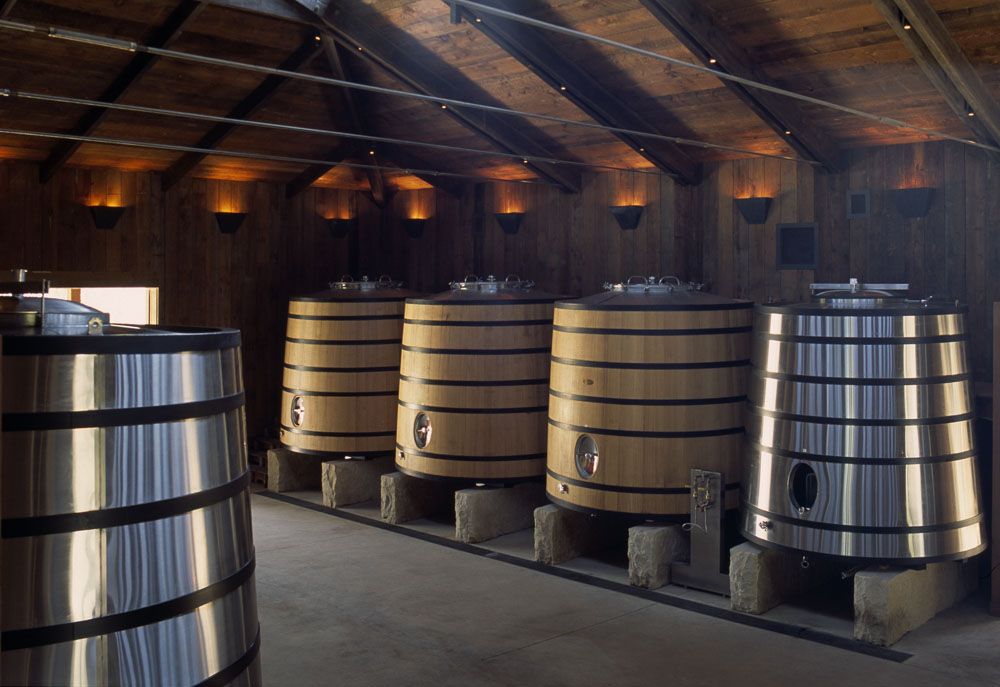Napa Valley’s iconic wine is futureproofing by redefining its relationship with the land
“When you taste the older wines of Harlan, they smell of the forest,” says Cory Empting.
Empting helms the winemaking at Harlan Estate, one of Napa Valley’s most prestigious wineries. Twenty years ago, he joined the estate as an intern winemaker. Something about the property, he says, felt like home and grounded him.
Harlan Estate is Napa’s answer to the first growth of Bordeaux. The 100-hectare hillside estate is located on the western end of Oakville, Napa Valley, with 17 hectares of vineyards nestled in wilderness and forests.
The wine—a blend of cabernet sauvignon, cabernet franc, merlot and petit verdot—is irrefutably iconic. Over the years, it has earned numerous accolades, including multiple 100-point reviews and glowing praise from wine luminaries like Robert Parker and Jancis Robinson.
Available only on allocation, the list is oversubscribed, with a two-year waiting list, and the current release price sits above many Bordeaux releases.
Of course, the wine’s success is by design. Inspired by Bordeaux’s first growths, Bill Harlan, the charismatic founder of the estate, intended on creating the most prestigious wine of Napa. Going by the status it holds today; he has long achieved that vision.
In case you missed it: Why Investing in Fine Wines Is on the Rise

The spirit of continuity
The octogenarian Bill Harlan recently handed over the reins of his kingdom to the next generation: his son Will and daughter, Amanda, take on leadership roles at the estate, while Cory Empting takes charge of wine growing and winemaking. Together, they make up the second-generation triumvirate responsible for leading the estate into the following decades.
Helping them along the way are the stewards of the first generations, including Harlan himself, Bob Levy, the first director of winemaking and Harlan's feted 200-year-old plan, which he wrote years ago.
“It clearly states that this land is our inspiration,” says Empting and offers his own interpretation: “To build a sustainable business based on the land, you have to first look at the land and invest in that.”
Read more: How Founder and CEO of 67 Pall Mall, Grant Ashton, Hopes to Elevate Singapore’s Wine Culture


